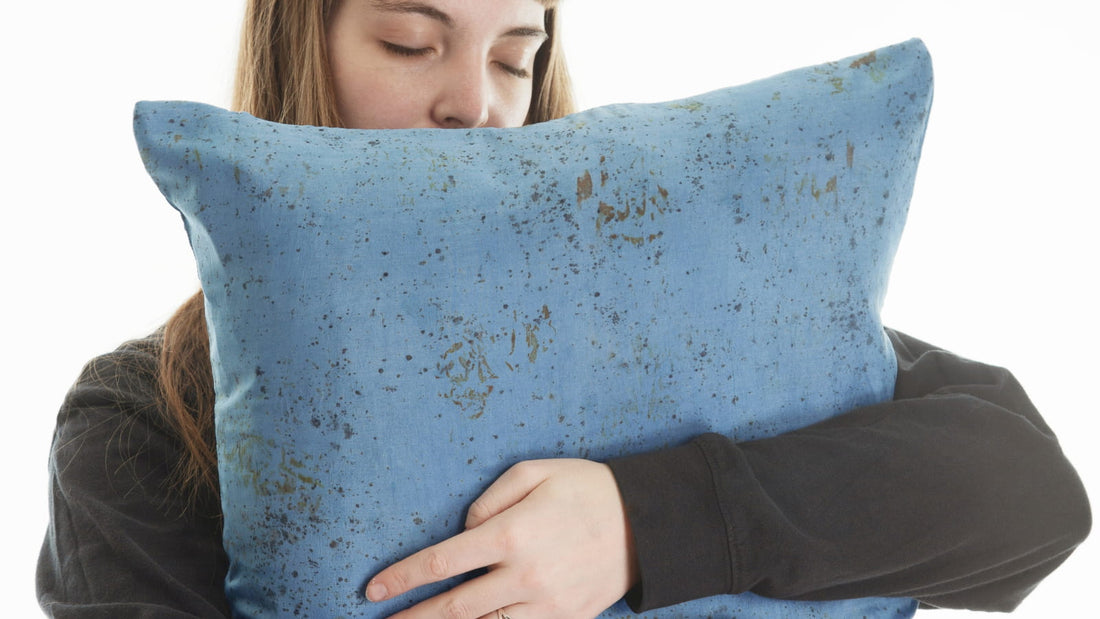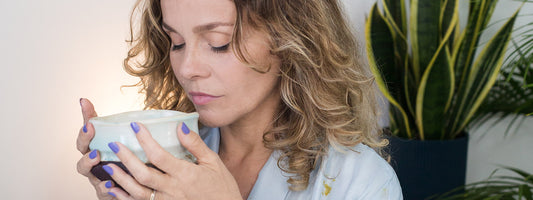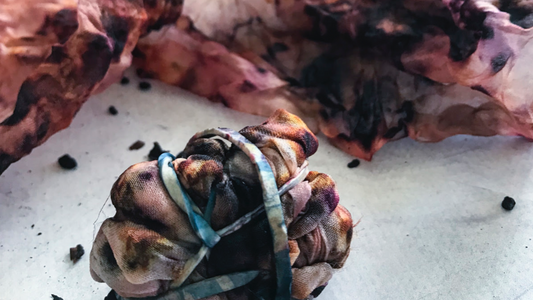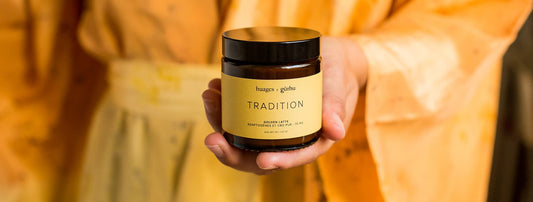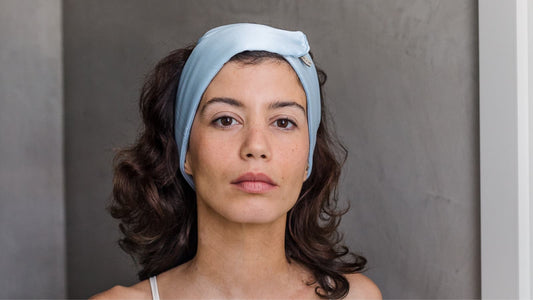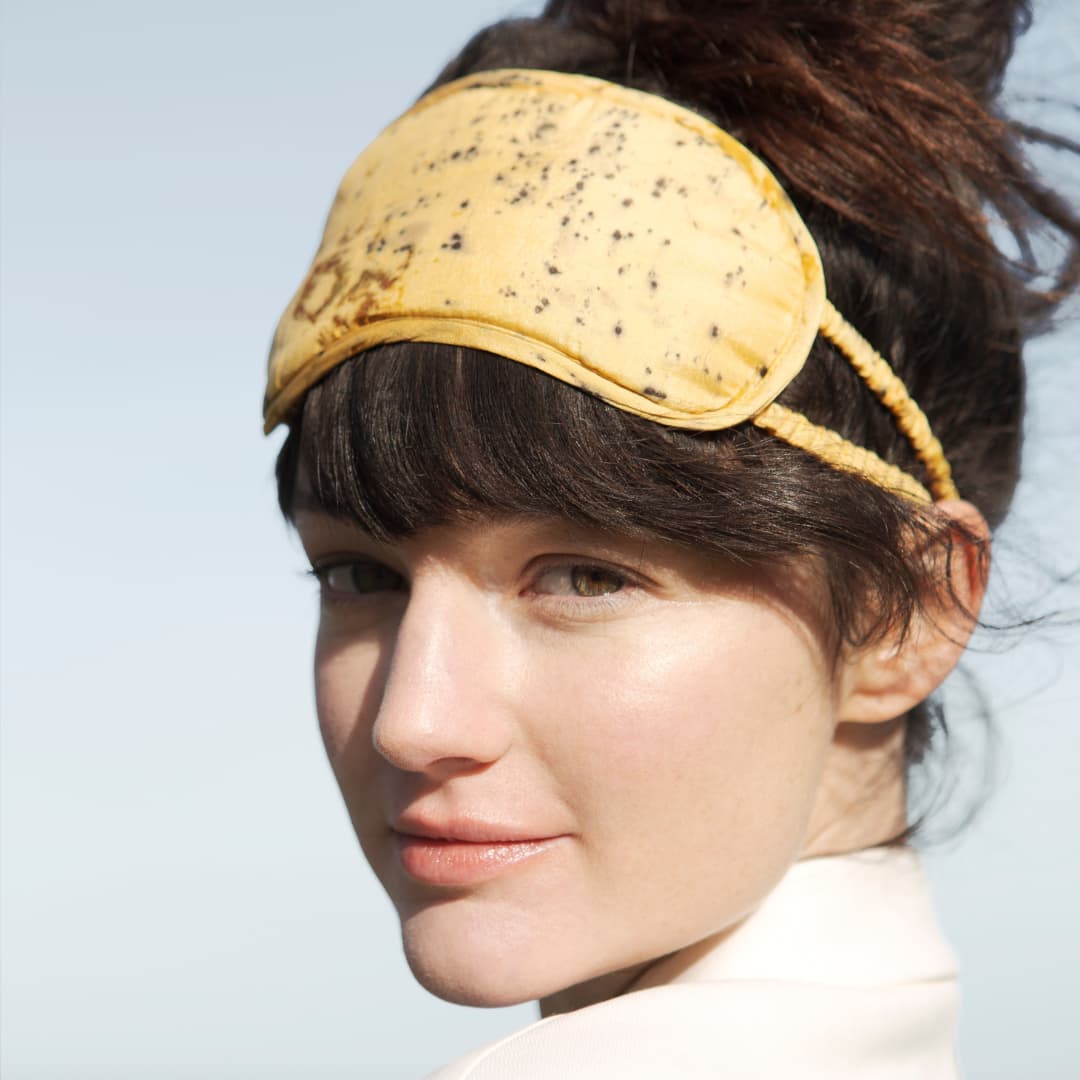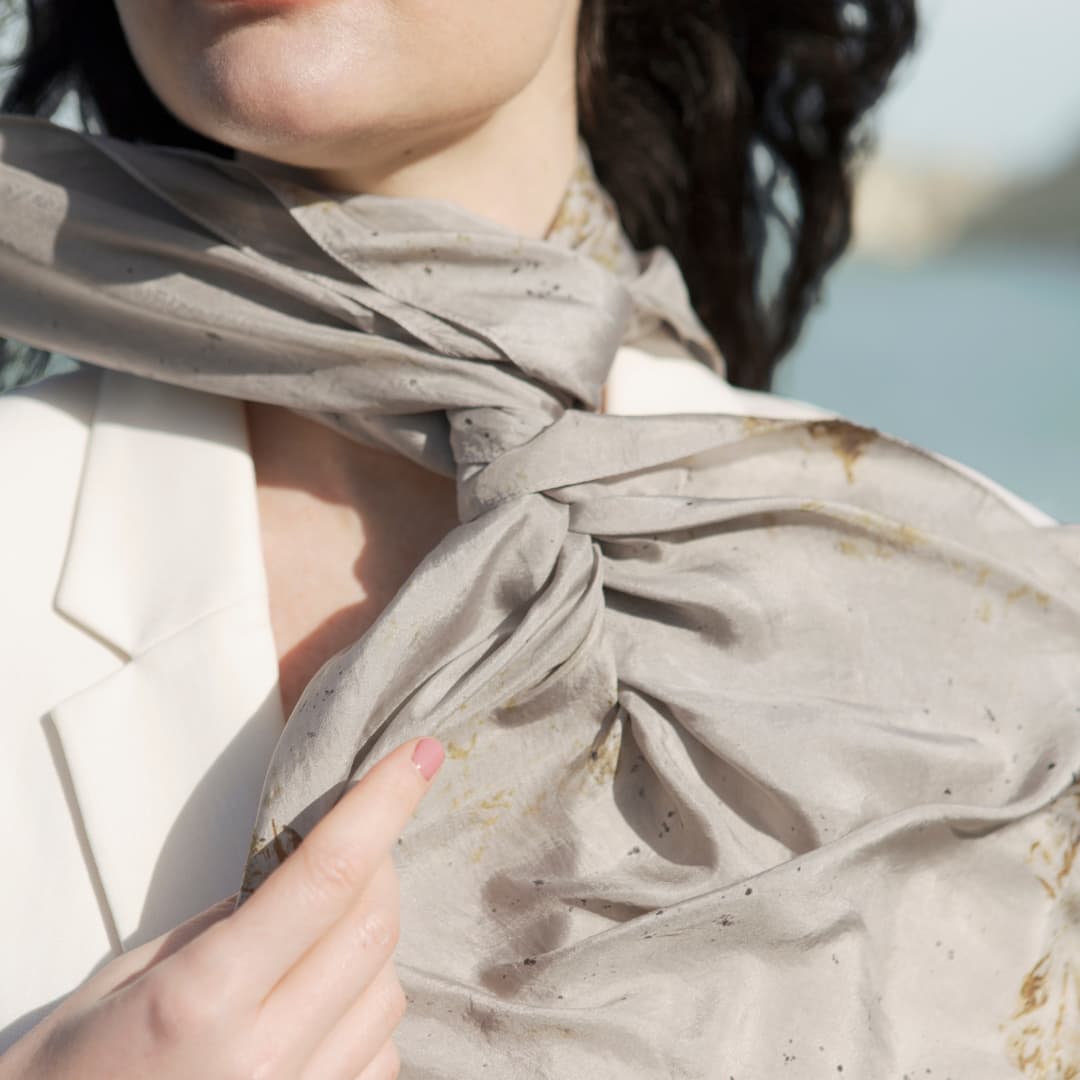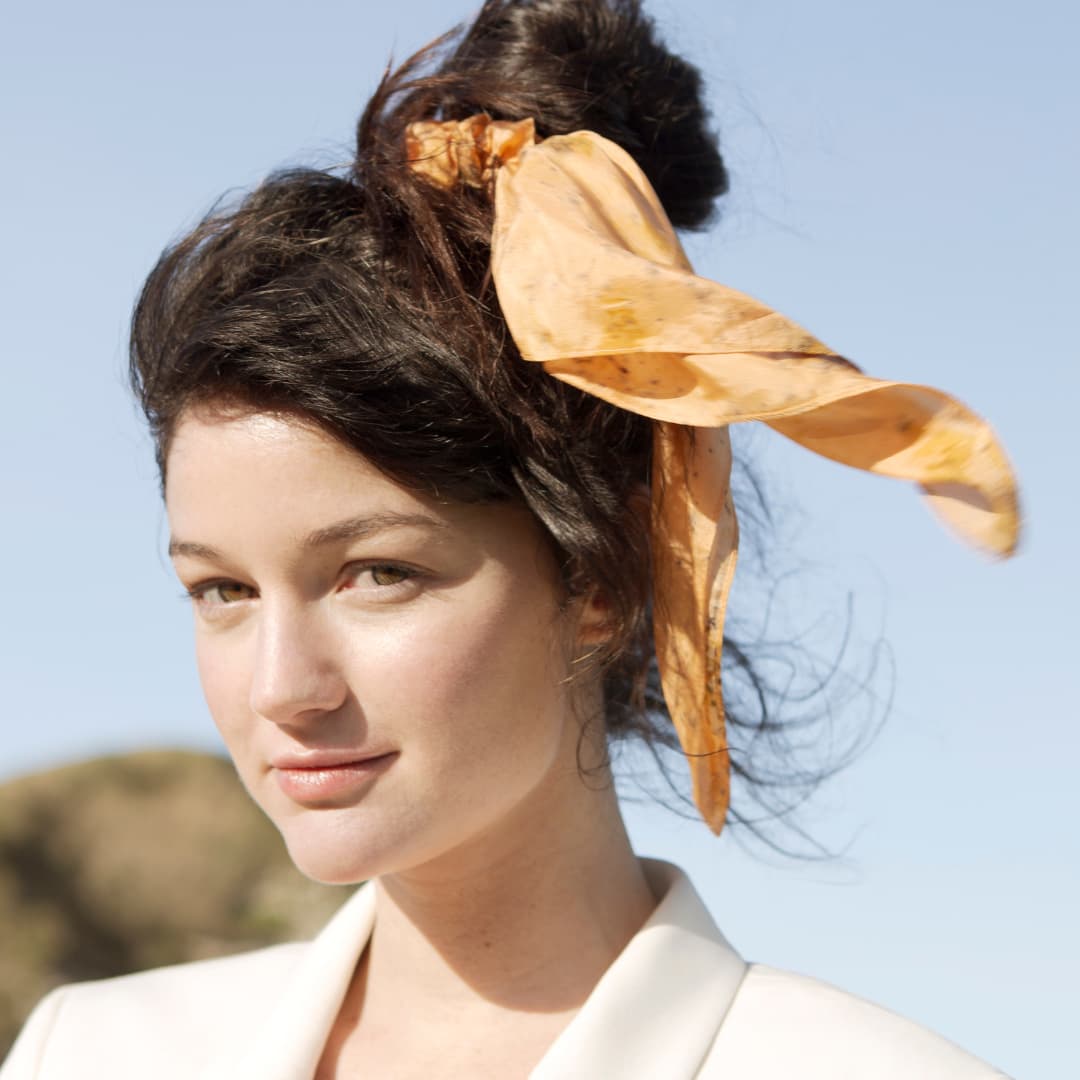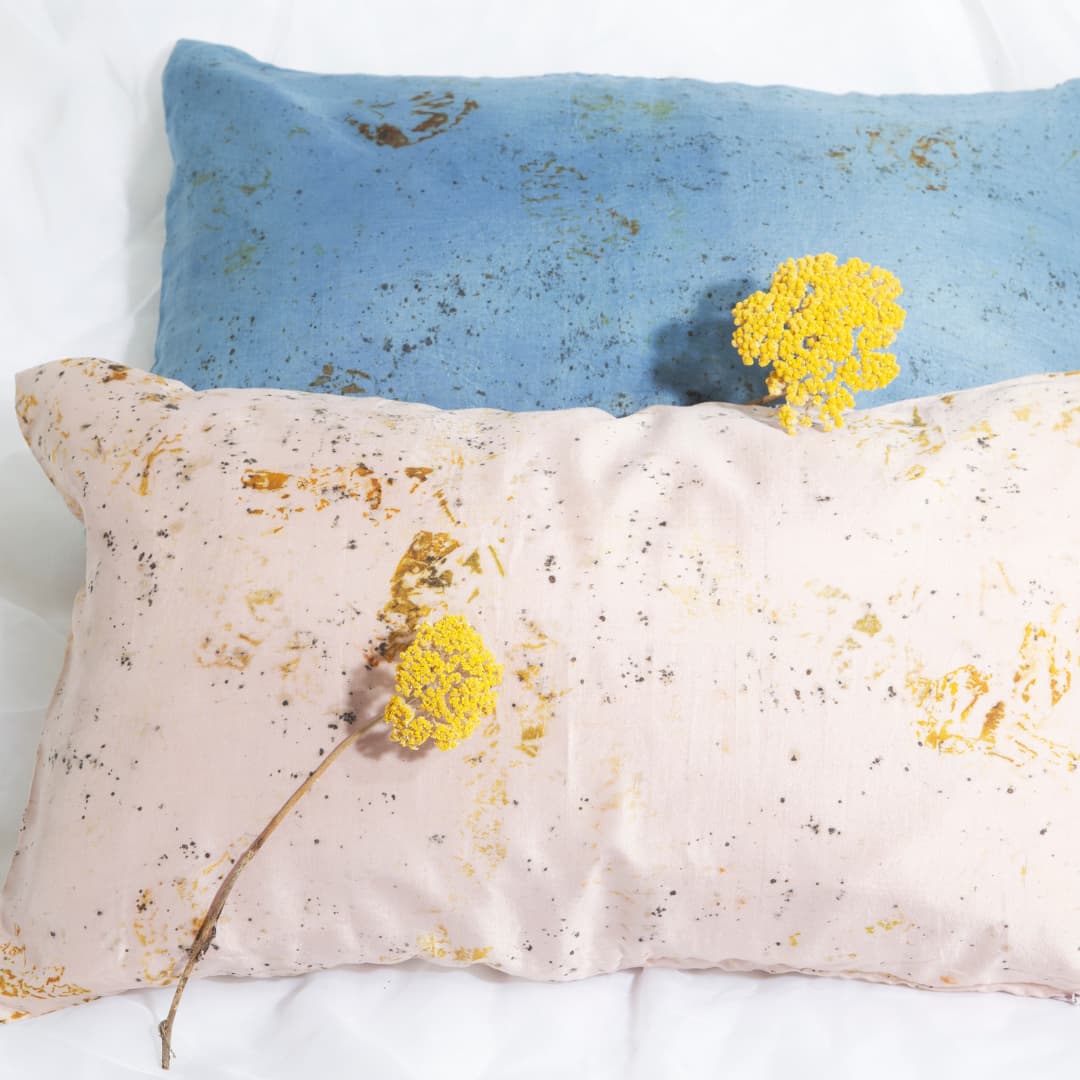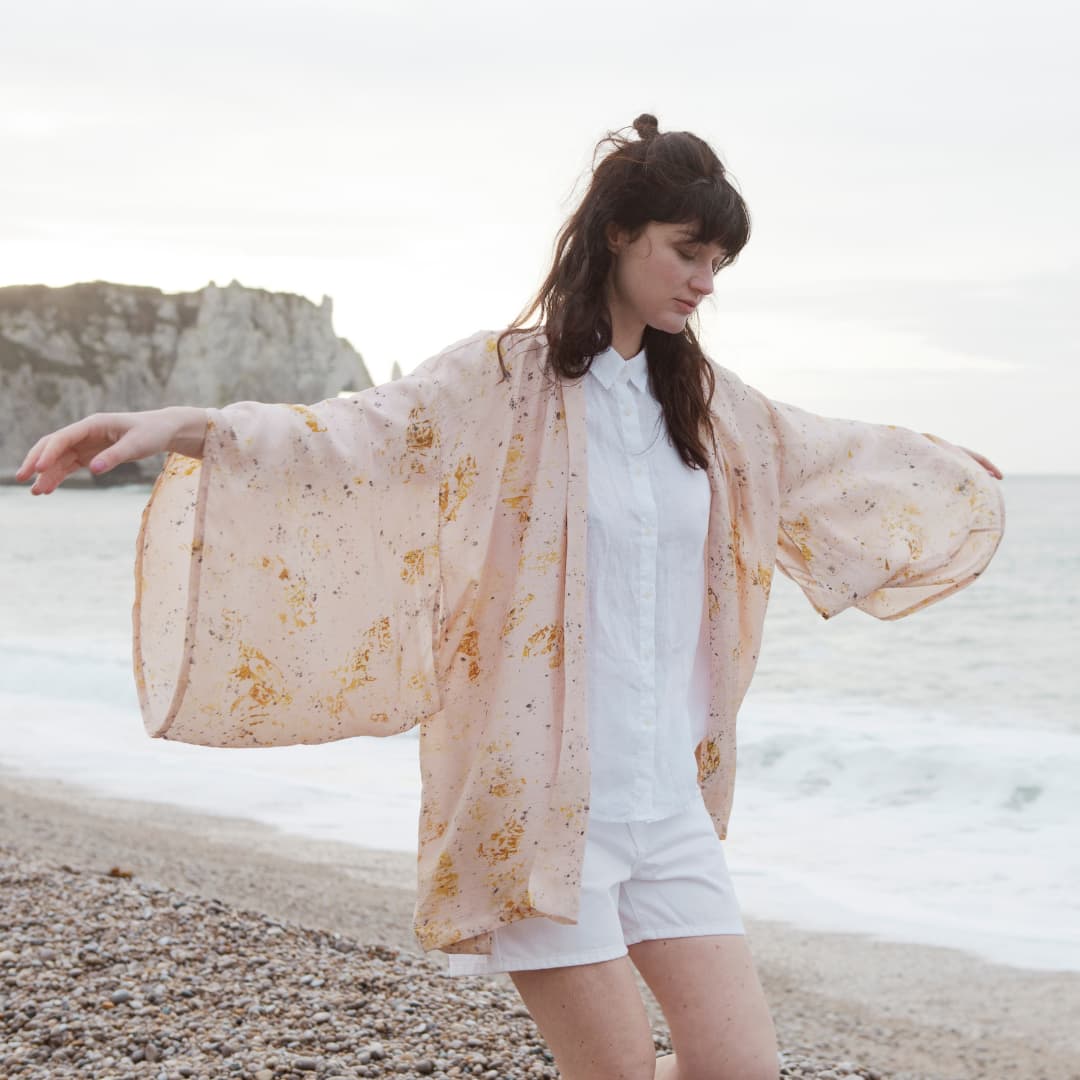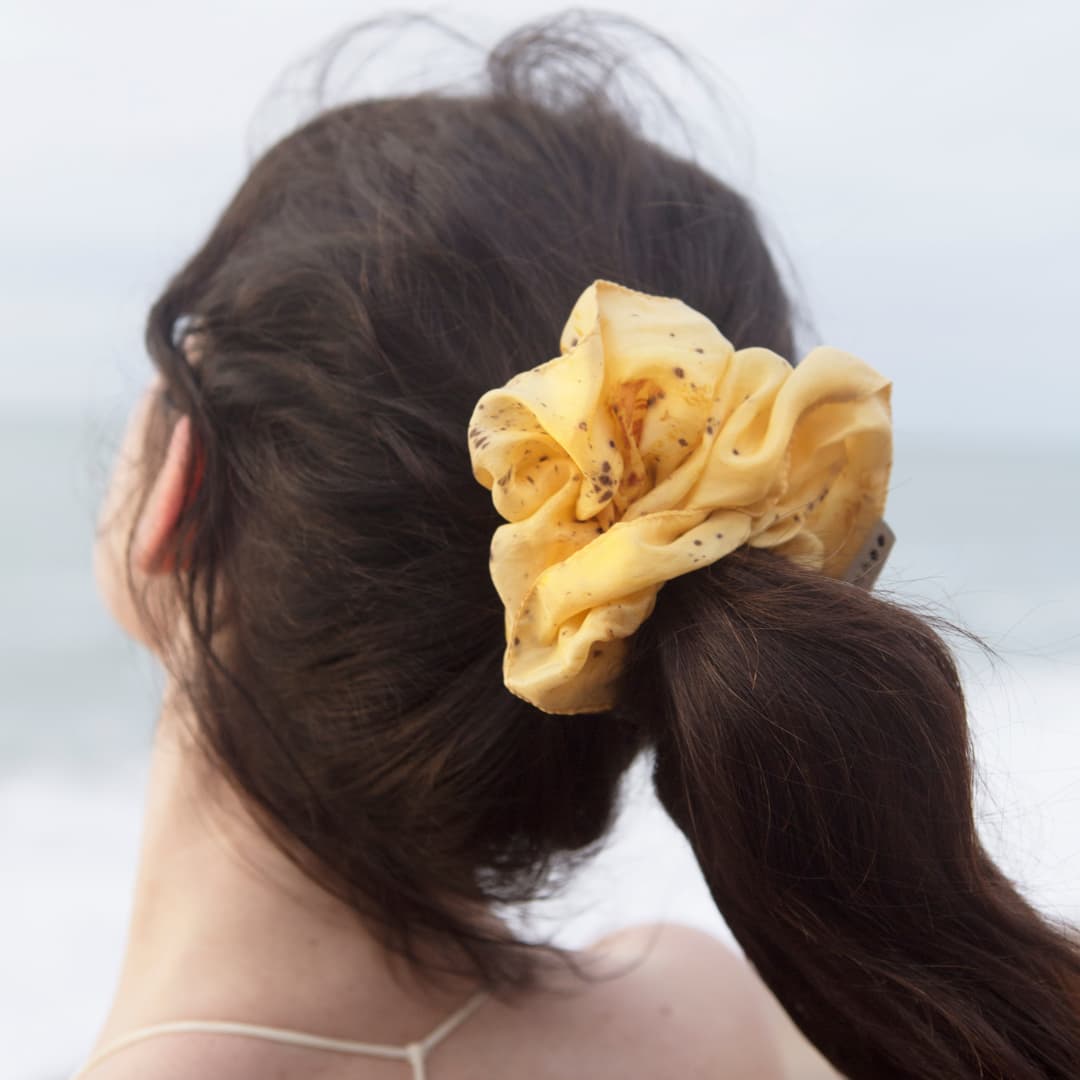Silk pillowcases are soft and hypoallergenic, often recommended for sensitive and irritated skin. But did you know that silk is also excellent for regenerating skin tissue and stimulating hair growth?
Rich in silk proteins , the silk pillowcase is a bed linen that takes care of your nights, promotes oxygenation of the skin and rehydrates your hair fiber. But how to choose your silk pillowcase among the different ranges that exist on the market? Pillowcase in mulberry silk, satin or eco-friendly, Nimboo reveals the secrets of the most noble fabric in the world.
What are the benefits of the silk pillowcase?
A fiber of animal origin, silk is made by the silkworm to form its cocoon and develop in a healthy environment. It is a protective material and a remedy for many ailments.
The benefits of the silk pillowcase on the skin
Silk is essentially made up of fibroin, a material rich in proteins and amino acids which have demonstrated remarkable softening and regenerating capacities. Over the centuries, silk has therefore been coveted just as much for its incomparable drape as for its cosmetic properties, especially for the skin.
The alanine , glycine and serine present naturally in the silk pillowcase, stimulate the formation of collagen and preserve the hydrolipidic film of the skin. Sleeping on a silk pillowcase thus increases the elasticity of the epidermis and prevents redness caused by friction. Therefore, it is a bed linen particularly recommended for people prone to eczema, psoriasis, rosacea and dry skin.
Unlike cotton pillowcases that absorb water and sebum, the silk pillowcase acts as a protective envelope that enhances the action of creams and treatments. It promotes cell regeneration and fights against the appearance of wrinkles.
The benefits of the silk pillowcase on the hair
Silk pillowcases, scarves , bonnets and headbands are used in many cultures to protect the hair from external aggressions and to rehydrate it. Asian women have known for centuries the restorative and smoothing properties of silk on the hair.
Silk protein is an excellent ally of healthy hair, it stimulates the production of keratin, prevents breakage, split ends, knots and provides softness and shine. The silk pillowcase is therefore recommended for all hair types, especially to combat hair loss and frizz caused by hair dehydration.

How to choose your silk pillowcase?
Silk is an ancient textile renowned for its softness and the elegance of its reflections. Long considered a form of exchange, like gold, silk is now a more accessible material, but the quality of which varies significantly from one manufacturer to another.
The satin pillowcase
Satin and silk are often mistakenly used as synonyms, because in the collective mind, they are two shiny and silky fabrics with similar properties. This confusion is frequently exploited by brands, which thus increase the perceived value of their products. Talking about a satin pillowcase does not, however, provide information on the quality of the fabric, but on its type of weaving.
Satin can indeed be made of silk, but most of the time it is made of polyester , nylon or viscose which are much more economical artificial materials. So make sure when you buy a satin pillowcase that its material is specified (wool, linen, mulberry silk, wild silk, cotton, etc.). Satin actually designates a type of weft which limits the crossing of threads in order to increase the reflective power of the fabric.
The artificial silk pillowcase
Artificial silk is also called rayon or viscose, it is a material made from cellulose (wood pulp) which is widely used in the textile industry. Its design requires the use of citric acid, sodium sulphate and carbon disulphide, most of the time discharged into rivers or into the air, in countries where labor is the cheapest.
In addition to being very polluting, the manufacture of viscose pillowcases harms the health of workers and brings no benefit to your body. Then subjected to dyes and chemical fixers, the artificial silk pillowcase is a low quality product that does not retain heat.
The natural silk pillowcase
Natural silk is produced by two cousin species of butterfly: the Bombyx mori and a moth of the Saturniidae family. The first is the result of a selection made by man to obtain a better quality of silk . This one is particularly soft and shiny, it is generally the one used for making silk pillowcases. The second species produces a more matt and thicker silk, wild silk , which is used more for making upholstery and decorative fabrics.
The mulberry silk pillowcase is one of the most precious silks, but its origin and manufacturing technique can alter its natural properties. Convinced that high-end and responsible fashion is possible, we have chosen for our collections to use only the purest silk, free of any chemical substance: silk peace.
Nimboo, creator of organic and ethical silk pillowcases

Peace silk is a type of silk that originated in some remote areas of India. It comes from eco-responsible sericulture run by women who pass down from generation to generation the manufacturing secrets of this ecological and “cruelty-free” silk. Unlike traditional breeding, which suffocates the caterpillar in its cocoon before reeling it, the breeders of peace silkworms proceed by incision.
The chrysalis, once the silk cocoon has been pierced, is delicately extracted and set free. Raw silk, on the other hand, is cleaned with organic soaps , then spun, woven and dyed from the fruits and flowers thrown around Hindu temples. At Nimboo, we wanted to make pillowcases, but also kimonos, scarves or even night masks, which are based on a virtuous circle of production.
Our ecological silk pillowcases are the result of a circular economic model where each actor holds a preponderant place. Free of any artificial treatment, our silk fabrics retain all their natural properties and are completely biodegradable. You will find in our catalog silk pillowcases 50×70 cm , 45×45 cm and 30×50 cm. You can also use them as a silk cushion cover for your interior or to offer, accompanied by a silk night mask made in the same fabric.
Beyond clothing or linens , our pieces are a possible alternative to the current consumption model. A model with a positive impact, respectful of the planet, the craftsman and your health.

